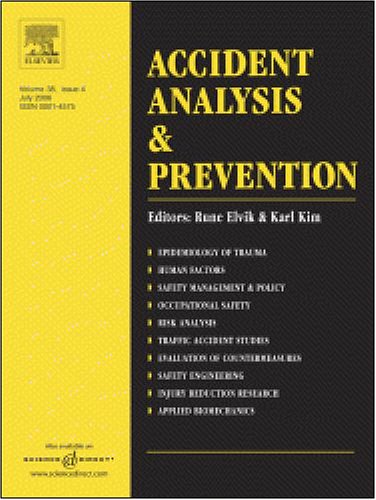
This paper aims at addressing the interest and appropriateness of performing accident severity analyses that are limited to fatal accident data. Two methodological issues are specifically discussed, namely the accident-size factors (the number of vehicles in the accident and their level of occupancy) and the comparability of the baseline risk. It is argued that – although these two issues are generally at play in accident severity analyses – their effects on, e.g., the estimation of survival probability, are exacerbated if the analysis is limited to fatal accident data. As a solution, it is recommended to control for these effects by (1) including accident-size indicators in the model, (2) focusing on different sub-groups of road-users while specifying the type of opponent in the model, so as to ensure that comparable baseline risks are worked with. These recommendations are applied in order to investigate risk and protection factors of car occupants involved in fatal accidents using data from a recently set up European Fatal Accident Investigation database (Reed and Morris, 2009). The results confirm that the estimated survival probability is affected by accident-size factors and by type of opponent. The car occupants’ survival chances are negatively associated with their own age and that of their vehicle. The survival chances are also lower when seatbelt is not used. Front damage, as compared to other damaged car areas, appears to be associated with increased survival probability, but mostly in the case in which the accident opponent was another car. The interest of further investigating accident-size factors and opponent effects in fatal accidents is discussed.
| ID | pj40 |
| Manuscript | |
| DOI | |
| Tags | accident analysis, driver behaviour, international comparisons, statistical modelling |







